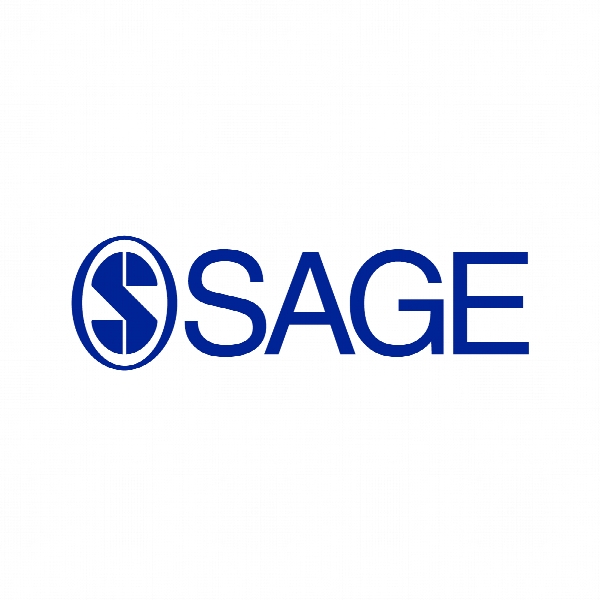تاثیر رشد صادرات بر تولید غیر نفتی در کشورهای جنوب صحرای آفریقا (2014-2014) Growth Effect of Export Promotion on Non-oil Output in Sub-Saharan Africa (1970–2014)
- نوع فایل : کتاب
- زبان : انگلیسی
- ناشر : SAGE
- چاپ و سال / کشور: 2018
توضیحات
رشته های مرتبط اقتصاد و مدیریت
گرایش های مرتبط اقتصاد مالی و اقتصاد انرژی
مجله مطالعات اقتصاد در حال ظهور – Emerging Economy Studies
دانشگاه Economics Department – Obafemi Awolowo University – Nigeria
منتشر شده در نشریه Sage
کلمات کلیدی انگلیسی Export promotion strategies, non-oil output, growth, GMM, SSA
گرایش های مرتبط اقتصاد مالی و اقتصاد انرژی
مجله مطالعات اقتصاد در حال ظهور – Emerging Economy Studies
دانشگاه Economics Department – Obafemi Awolowo University – Nigeria
منتشر شده در نشریه Sage
کلمات کلیدی انگلیسی Export promotion strategies, non-oil output, growth, GMM, SSA
Description
Introduction Empirical evidences have shown that the economic prosperity of many successful economies today has been mainly driven by the volume of trade, interpreted as the volume of exports traded and the level of export competitiveness. Many forces determine the international flow of goods and services; export promotion is one of the principal opportunities that governments have to influence the volume and types of goods and services exported from their countries. Export promotion has been defined as those policy measures which actually or potentially enhance exporting activities at the firm, industry, or national level (Coughlin & Cartwright, 1987; Fayos, 2003; Freixanet, 2012; Gencturk & Koabe, 2001; Girma, Gong, & Zhihong, 2008; Houston, Adhikari, & Paudel, 2003; Jalali, 2012; Jung & Lee, 1986; Lederman, Olarreaga, & Pavion, 2010; Mah, 2007; Onunkwo & Epperson, 2000; Wang, 2005). The export promotion stated in relation to exporting in general is purposeful governmental efforts to expand the volume of a country’s export through export incentives and other means in order to generate more foreign exchange and improve the current amount of its balance of payments (Todaro, 1994). According to Todaro (1994), export incentives also include preferential investment financing and low-cost labor, assistance in getting new technologies, export credit insurance, information about foreign markets, training, etc. Export success, as argued in the literature, is attributed to different issues such as cost competitiveness (Carlin, Glyn, & Van Reenen, 2001), quality of products (Seyoum, 2009, p. 70), export subsidies (Kokko, 2002), and foreign direct investment (FDI) (Pain & Wakelin, 1998; Potter, Moore, & Spires, 2002). OECD (1984) also defines export promotion policies (EPPs) as the set of specific measures that generally amount to the government bearing a portion of the private cost of production of export. Instead, others have more narrowly defined EPPs as the effective exchange rate policy (e.g., Bhagwati, 1990). In general, EPPs involve all the measures and programs aimed at assisting current and potential exporters in foreign markets penetration and, for instance, export subsidies, reduced tax rates to exporting firms’ earnings, favorable insurance rates, advantageous financial conditions, or variations in the exchange rates (Belloc & Di Maio, 2011).


